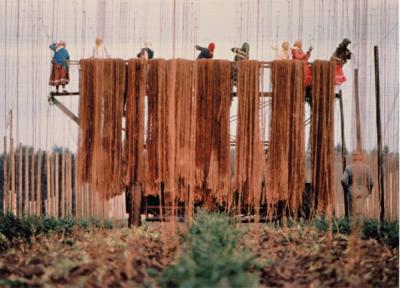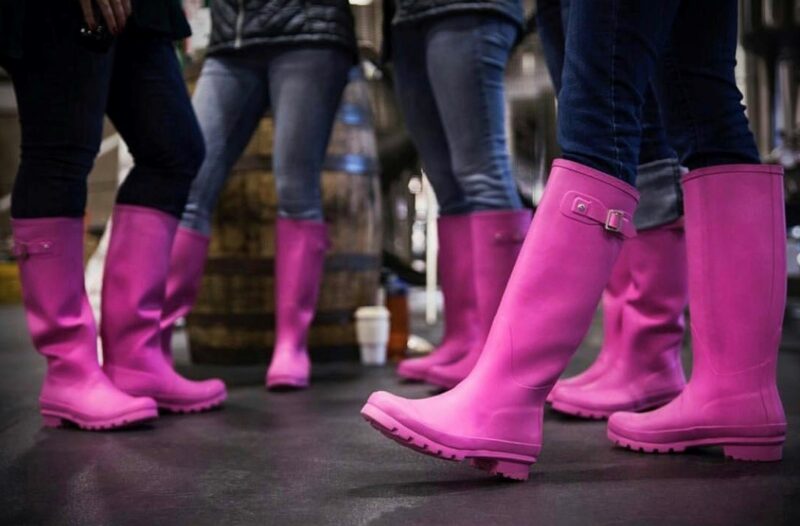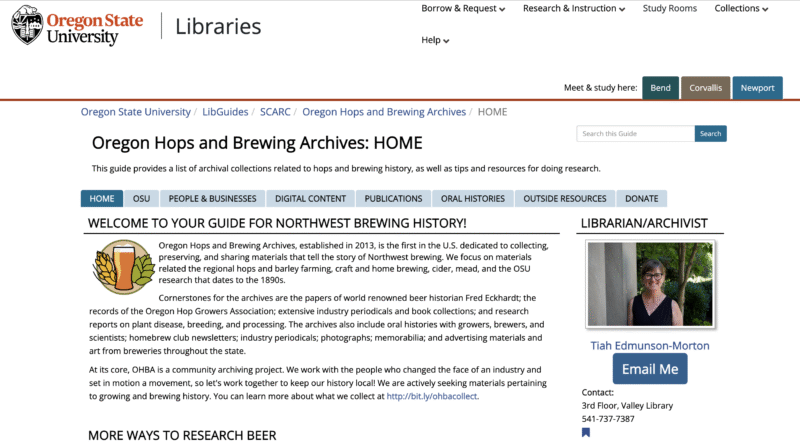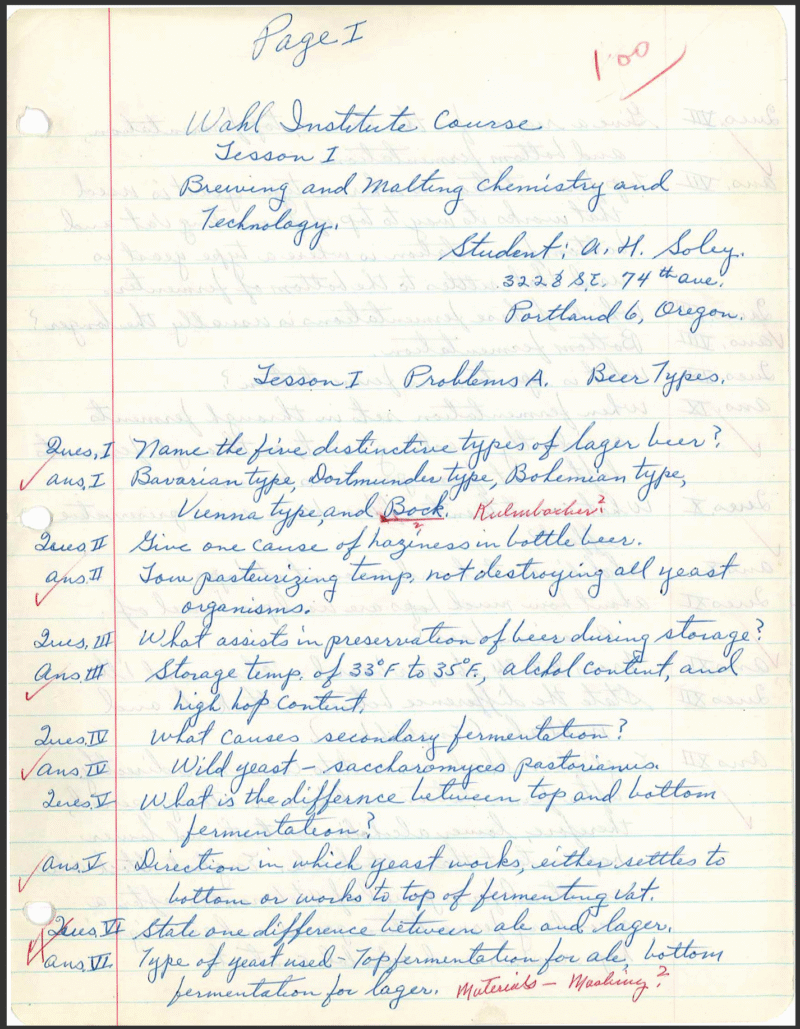When I started the Oregon Hops and Brewing Archives just over 11 years ago, I didn’t know that much about the Oregon beer industry. I dove into the university records to learn about the history of hops research and legacy of food science, but had a lot to do if I was going to tiptoe into asking people to give me their stuff.
I quickly realized that few people were as important as Fred Eckhardt.1
We received his collection in 2015 after he died, and my student Tori and I quickly set ourselves to arranging it. Most things were pretty straightforward (brewery information files, receipts for travel to festivals, drafts of articles), but there were a few mysteries. This included several numbers on photo sleeves (was this a code??) and a set of judging sheets (were these from competitions??) from 1977 to 1989. We called them all “Beer Evaluations” and noted they were tasting sheets and judging materials. Done and dusted.
Until this week.
If you follow us on Instagram, you’ll know that my present students (Hannah and Grace) and I have been working through the reprocessing and integrating a bunch of new additions to the Brewing & Fermentation Research Collection (super out of date guide).
- The Brewing and Fermentation Collection consists of materials collected by the OSU Special Collections and Archives Research Center pertaining to the history, growth, and culture of the Pacific Northwest brewing industry, including regional hops and barley farming, commercial craft and home brewing, and craft cider and mead. The collection of popular periodicals is extensive.
The first part of that was to review, fill in gaps, and rehouse the growing beer magazines collection — and that resulted in several boxes of duplicates. Never one to let an opportunity to make a subject file pass me by, I decided to review them for Oregon-related content. Enter this Fred Eckhardt article in a 1989 issue of All About Beer.


What were these carefully kept records that documented more than 3,200 tastings of more than 1,200 beers recorded in his files?
You can probably guess: yes, these were the “Beer Evaluations.” I spent an hour-ish going through these with Anna Dvorak (one of our public services archivists who worked with me on beer history things ages ago) and here’s what we think is so cool about them.
- He was trying and scoring anything, and we think using Bud and Pabst as “control” beers.
- Sometimes he noted the bottle color and where he got it.
- Sometimes he was tasting the same beer over several days and sometimes comparing different beers, but by the late 1980s there were so many beers for him to try that he most often just rated them once.
- He folded the sheets so he couldn’t see his last response.
- He usually made a note if it was a beer he hadn’t tried before.
- At the end of each year, he tabulated how many he’d tasted that year and in total.
Here are some instructions, in case you were wondering what he was looking for.

In the late 1970s, he was tasting a lot of international beers, but into the mid-1980s he pivots to more local or regional beers. This, of course, isn’t surprising since there weren’t any local beers for him to taste in the late 1970s… but it also reflects what I’ve heard a lot in oral histories, namely that international beers were what people who wanted a more flavorful beer were tasting AND that once local brewers were making more flavorful beer, that’s what people started drinking.
His first comparison was of Guinness and New Albion in October 1977 (a year after it opened).2 This is the sheet layout he used early on, but switched to a half sheet.

Here’s an evaluation of Cartwright Portland Beer from late summer in 1980 that reflects the quality issues the brewery was facing.

And an evaluation of Deliverance Ale from December 1981, which reflects the improvements at the end that people still talk about today. It didn’t matter because the brewery was already set to close.

First Hillsdale he tasted? From his notes I’m inferring that he did 10 tastings? His evaluations aren’t here, but might be elsewhere in the McMenamins subject files.

First Bridgeport he tasted?

Holiday season 1987. This also shows that sometimes he tasted them at different temperatures.

Holiday season 1989. This also shows how he used the back of the page to record extra thoughts.

Like many other historians, I come to the same records with fresh eyes and new knowledge. But this is the thing I love about archival collections: the paper stays the same but our interpretations of them never do.
I’ll conclude by pointing back up to the first picture in this post, which includes Art Larrance, who died this summer. I’ve been really fortunate to record interviews with so many of the foundational characters in the story of Oregon beer, including Art and Fred, but also the people who were just as foundational and not household names. I’m thinking here about Carole Ockert, my first oral history interview, and Alex Farnham, my most recent (134th) interview. Ironically, I’m encouraging you to reach beyond what you find in archival collections, because the records you find in boxes and the articles in magazines are just a part of the story.
Curious what else was in that 1989 issue?

- See all the posts we wrote about the Fred Eckhardt on The Brewstorian blog (sunsetted in 2022). Top image is of Fred and Art Larrance at the 2011 Oregon Brewers Festival parade. ↩︎
- See “Brewing Pioneers: Suzy Denison” and “The Return of New Albion: America’s First Craft Brewery Gets a Revival” ↩︎





